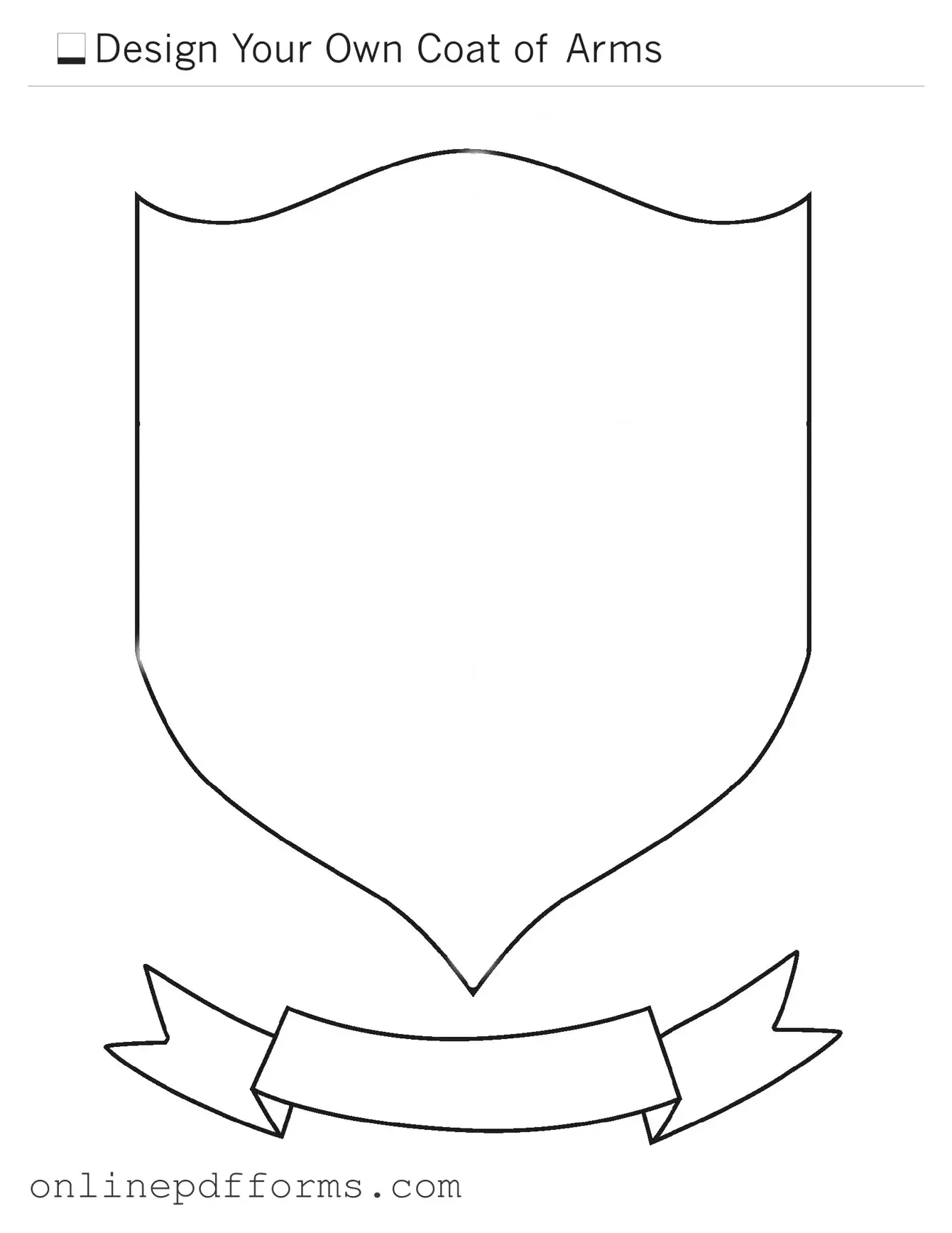Fill in Your Coat Of Arms Template
The Coat of Arms form is a document used to request the creation or registration of a family or organizational coat of arms. This form captures essential details about the coat of arms, ensuring it accurately represents its owner’s heritage and values. To get started on your own coat of arms, fill out the form by clicking the button below.
Open Coat Of Arms Editor Now
